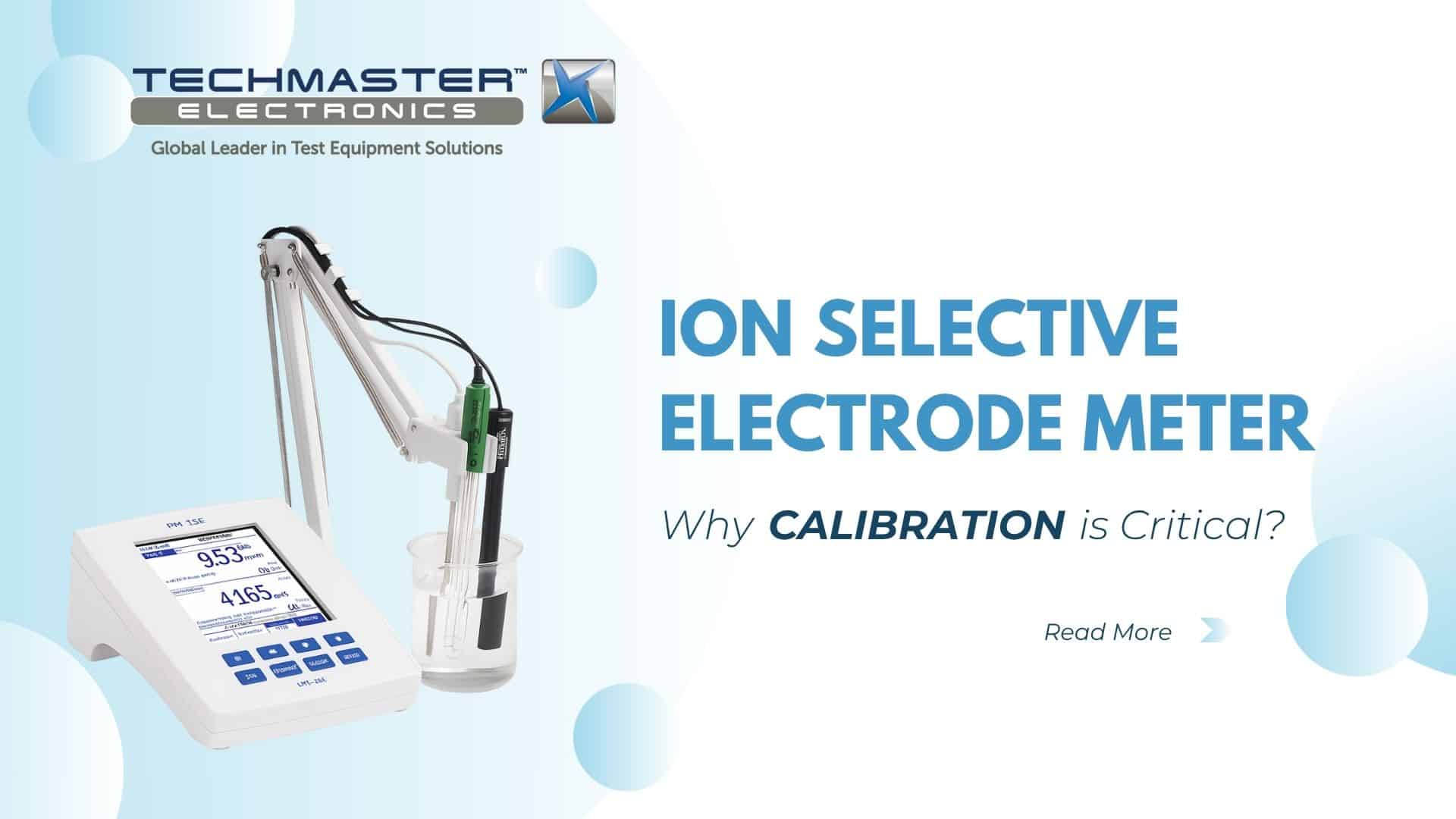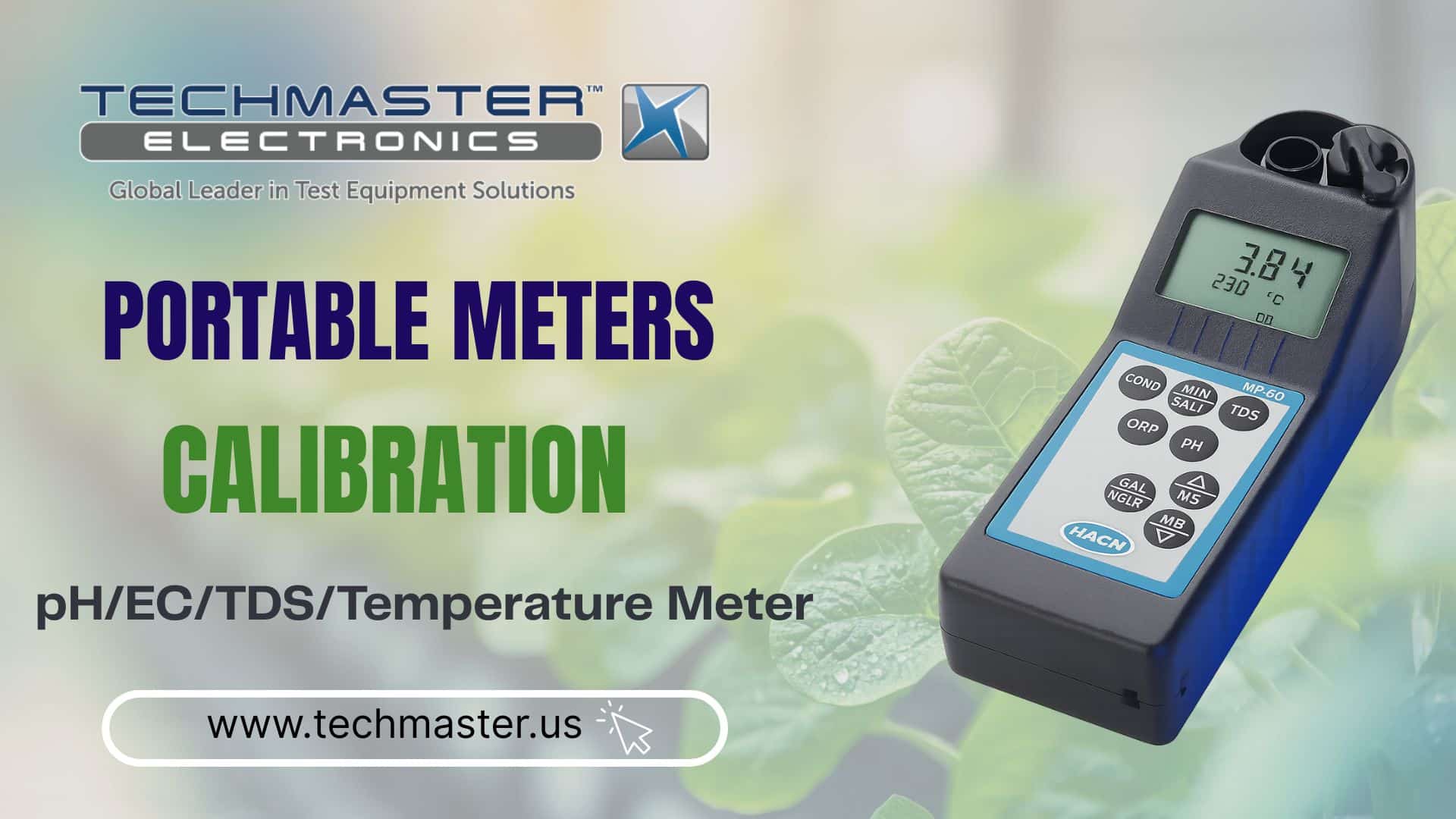1. What does a pH measure?
The pH value of a substance depends on the balance between hydrogen ion (H+) and hydroxyl ion (OH-) concentrations.
The pH tester measures this balance and shows how active an acid or base is based on hydrogen ion activity.
When the concentration of H+ is higher than OH-, the substance is acidic, meaning its pH is below 7. Conversely, if OH- is greater than H+, the substance is basic, with a pH above 7. A neutral substance has equal amounts of H+ and OH-, resulting in a pH of 7.
Acids contain free hydrogen ions, while bases contain free hydroxyl ions. The relationship between these ions in a solution stays constant under specific conditions, so knowing one can help determine the other.
By providing clear and consistent measurements, pH testers help monitor acidity or basicity in various substances effectively.

pH scale – pH meter
2. What is a pH meter?
A pH meter is a statistical tool that measures the acidity or alkalinity of a solution by determining its pH value. It is widely used in industries such as food processing, water treatment, and agriculture to ensure optimal conditions for various applications.
Different types of a pH meter
pH meters come in various types, each suited for specific purposes. Understanding the differences helps in selecting the right tool for your needs.
Types based on portability
Pen tester
Pen testers are compact, affordable devices designed for quick and easy use. These pocket-sized meters combine the pH meter, display, and electrode in one unit. They are ideal for on-the-go applications in industries like hydroponics, food production, and pool or spa maintenance.

Pen Tester – pH meter
Handheld meter
Handheld pH meters are slightly larger and more durable than pen testers. Unlike pen testers, these meters often feature replaceable electrodes tailored to specific tasks. For example, spear-tipped electrodes are useful for testing medium-to-solid materials. These devices are commonly used in field research, aquaculture, agriculture, and water treatment.
Benchtop meter
Benchtop pH meters are the largest and most accurate type. Designed for laboratories, these meters are often mounted on desks or walls. They are highly suitable for precise testing in professional settings such as water testing, environmental monitoring, and food processing.
Types based on usage
Laboratory meter
Laboratory pH meters are versatile, highly accurate devices with a broad measuring range, making them ideal for research and scientific studies.
Industrial meter
Industrial pH meters are used for online monitoring and control. These devices feature advanced functions such as analog output, digital intelligence, and boundary alarms. They are also highly stable and resistant to interference, allowing use in demanding environments.
Types based on technology
Economic meter
Economic pH meters offer basic functionality, making them suitable for general-purpose applications.
Intelligent meter
Intelligent meters include advanced features and are used in various settings, such as aquariums, food processing, and paper production.
Precision meter
Precision pH meters come in analog and digital versions. Analog models use a pointer to display readings, while digital ones show results on a screen, ensuring higher accuracy.
Types based on reading mechanism
Analog meter
Analog pH meters rely on a pointer to indicate pH levels. While cost-effective, they require careful handling for accurate results.
Digital meter
Digital pH meters improve upon analog designs by providing clear numerical readings. They are easier to use and deliver precise measurements, making them popular in most applications.
3. How does a pH meter work?
The principle of pH meters relies entirely on ion exchange between the sample and the inner solution of the glass electrode, which creates electrical voltage. This process links the hydrogen ion concentration to the electric voltage, providing the pH reading.
Glass is commonly used for electrodes because keeping the probe hydrated is essential to prevent damage. A pH electrode has several components, including:
- A reference junction
- A glass membrane
- An electrode body
- A reference electrode
- A reference electrolyte
The glass membrane contains a buffer solution that allows hydrogen ions to pass through. The differences in ion concentration create a voltage potential. Inside the probe, electrodes measure this voltage, which is then calculated as the pH of the solution.
4. pH Meter calibration process
4.1 The importance of pH meter calibration
Calibrating a pH meter is essential for obtaining accurate and reliable measurements. Over time, the glass electrode in a pH meter undergoes changes, which can affect its performance. Without regular calibration, the readings may drift and lead to incorrect results. This can significantly impact processes that rely on precise pH measurements, such as laboratory experiments, water treatment, and food production.
To ensure accuracy, calibration adjusts the meter to match known pH values from buffer solutions. It typically begins with a neutral buffer of pH 7.0, often referred to as the zero point. For improved precision, a two-point calibration is performed using additional buffers, such as pH 4.0 or pH 10.0.
4.2 Equipment required for pH meter calibration
Calibrating a pH meter requires several tools and materials to ensure accurate results. Below is the necessary equipment for the process:
- Thermostatic Bath: Used to maintain the buffer solutions at a stable and precise temperature.
- Temperature Reference Device: A Fluke 725 is used to measure the solution’s temperature accurately.
- Standard pH Buffers: High-quality buffer solutions with pH values of 4, 7, and 10 from trusted brands such as Inorganic, Mettler Toledo, or Control Company.
- Cleaning Tools: A spray bottle containing distilled water, absorbent paper towels, and containers (beakers or test tubes) to hold the buffer solutions.
- Unit Under Test (UUT): The device being calibrated, such as the SI Analytics Lab 875/875P Benchtop Meter, which measures pH and conductivity.
4.3 Prerequisites for calibration
Ensure the following conditions during the calibration process:
- Temperature: 20~25 ºC
- Humidity: (20 to 65)% RH
4.4 The calibration process
Calibrating a pH meter ensures accurate and reliable readings. Regular calibration is necessary because electrodes lose efficiency over time due to changes in their glass resistance.
Preparation for pH meter calibration
- Label all containers for the buffer solutions clearly to avoid cross-contamination.
- Keep the buffer solutions at a stable temperature of 20°C or 25°C, as specified in the device instructions.
- Clean the electrode thoroughly using distilled or deionized water and a spray bottle, then gently dry it with a paper towel. Avoid rubbing the electrode.
- Turn on the pH meter and allow it to warm up, following the manufacturer’s guidelines.
Calibration process
- Begin calibration with a pH 7.00 buffer solution, as it serves as the zero point of the pH scale.
- Rinse the electrode with the pH 7 buffer solution and immerse it into the container, ensuring it is submerged but does not touch the bottom.
- Adjust the reading on the pH meter to exactly 7.00 using the calibration knob labeled “ZERO,” “STANDARDIZE,” or “SET.” Wait for the reading to stabilize before recording it.
- Rinse the electrode again to avoid contamination before proceeding to the next buffer solution.
- For two-point calibration, use a second buffer solution with either pH 4.00 (for acidic ranges) or pH 10.00 (for basic ranges).
- Immerse the electrode in the second buffer solution, then adjust the pH reading to the correct value using the “SLOPE” or “CALIBRATE” controls. Fine-tune the adjustment for accuracy.
Post-calibration care
- Rinse the electrode and temperature sensor thoroughly after calibration using distilled water. Dry gently with a clean paper towel.
- Store the electrode in 3M KCl solution to maintain its functionality.
5. Industrial applications of pH meter
pH meter calibration plays a vital role in various industries by ensuring precise and reliable measurements.
In agriculture, calibrated pH meters help farmers analyze soil conditions, maximizing crop yields by maintaining the ideal pH balance. In water treatment facilities, accurate calibration ensures that pH levels remain within safe ranges, essential for purifying water and supporting RO systems. Similarly, the chemical industry relies on calibrated pH meters to neutralize wastewater from sectors like steel, pulp, paper, and petrochemicals. Moreover, the food industry benefits from precise pH measurements to ensure the quality and safety of products, especially in dairy production. In healthcare, pH meters aid in analyzing biological fluids, such as blood or urine, to assess medical conditions. Additionally, detergent manufacturers use calibrated pH meters to maintain the consistency and effectiveness of their products.
With accurate calibration, industries can enhance efficiency, meet quality standards, and ensure safe operations.











